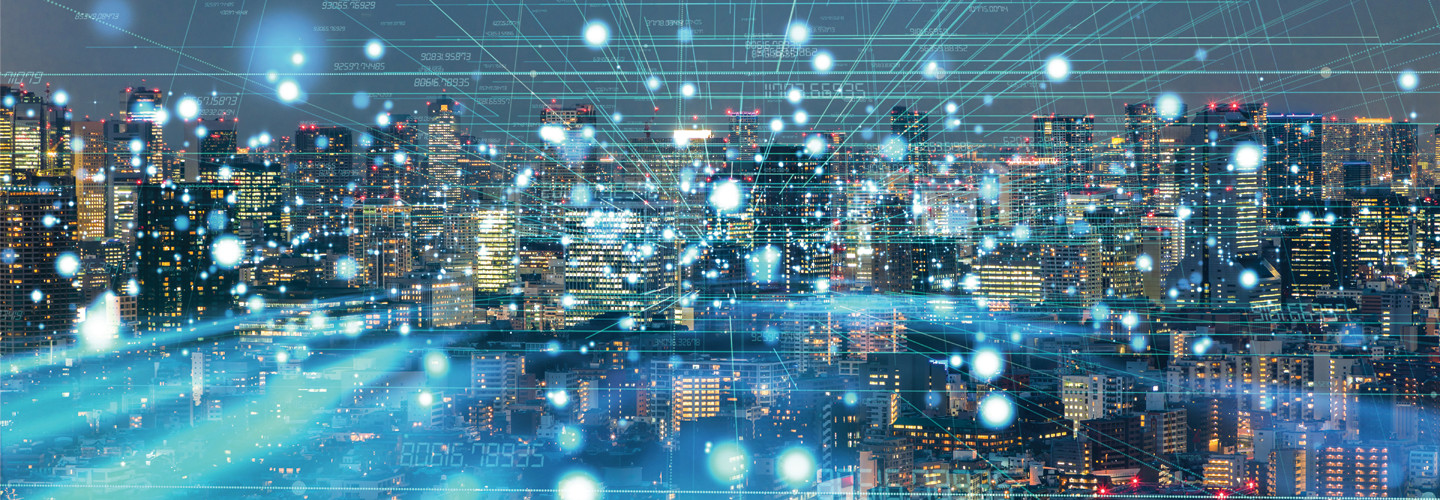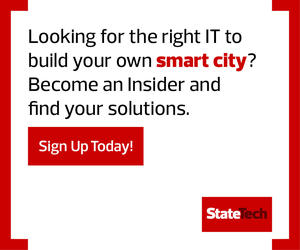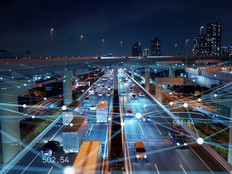What Is an IoT Architecture?
An IoT application can be described, as Microsoft notes on its site, “as things (devices) sending data that generates insights. These insights generate actions to improve a business or process.”
The software company adds, “An example is an engine (the thing) sending temperature data. This data is used to evaluate whether the engine is performing as expected (the insight). The insight is used to proactively prioritize the maintenance schedule for the engine (the action).”
That action operates within a framework known as an IoT architecture. “IoT system architecture is often described as a four-stage process in which data flows from sensors attached to ‘things’ through a network and eventually on to a corporate data center or the cloud for processing, analysis and storage,” writes Alec Jahnke, a sales engineer for Industrial Internet of Things firm Digi International, in a company blog post.
“In the Internet of Things, a ‘thing’ could be a machine, a building or even a person. Processes in the IoT architecture also send data in the other direction in the form of instructions or commands that tell an actuator or other physically connected device to take some action to control a physical process,” Jahnke adds. “An actuator could do something as simple as turning on a light or as consequential as shutting down an assembly line if impending failure is detected.”
As Microsoft and Digi note, data flows from devices through gateways, is processed at the edge and then is further processed in data centers or in the cloud.
MORE FROM STATETECH: Find out how smart cities may grow in the years ahead.
What Are the 4 Layers of IoT Architecture?
Different research firms and vendors have varying names for the IoT architecture layers, but they generally break down as follows:
1. Sensing or perception layer:
This is where the IoT architecture starts. In this layer, sensors or actuators either monitor or control, respectively, some physical object. “Sensors capture data regarding the status of a process or an environmental condition, such as temperature, humidity, chemical composition, fluid levels in a tank, fluid flow in a pipe, or the speed of an assembly line as well as much more,” Jahnke writes. “In some cases, a sensor might detect a condition or event that requires an almost immediate response so that an actuator can perform remediation actions in real time, for example, adjusting the flow rate of a fluid, or the movements of an industrial robot.”
2. Network layer:
Data from a sensor or actuator is sent through the network layer, which includes internet gateways and data acquisition systems, according to Jahnke. “A data acquisition system (DAS) collects raw data from the sensors and converts it from analog into digital format,” he writes. “The DAS then aggregates and formats the data before sending it through an Internet gateway via wireless WANs (such as Wi-Fi or Cellular) or wired WANs for the next stage of processing.”
3. Data processing or management layer:
After the data has been digitized and aggregated, “it will need processing to further reduce the data volume before it goes to the data center or cloud,” Jahnke writes. Data can be preprocessed at the network edge close to the device, and this may include some analytics. Machine learning tools can be used to provide feedback to the connected system to improve its performance, based on telemetry data.
As Microsoft notes, there are two paths the data can take at this point. One, in Microsoft’s nomenclature, is a “hot path,” which analyzes telemetry data in near real time, as it arrives. The data is processed at the edge with very low latency, topically using a “steam processing engine,” and the output may trigger an alert or be queried. The other, according to Microsoft, is a “cold path,” which “performs batch processing at longer intervals (hourly or daily). The cold path typically operates over large volumes of data, but the results don’t need to be as timely as the hot path. In the cold path, raw telemetry is captured and then fed into a batch process.”
Further analysis of the data can take place in the cloud or a data center, “where data from multiple field sites/sensors can be combined to provide a broader picture of the overall IoT system and deliver actionable insights to both IT and business managers,” Jahnke says.
4. Application layer:
At this layer, “industry-specific and/or company-specific applications can be used to perform in-depth analysis and apply business rules to determine whether action needs to be taken,” according to Jahnke. “The incoming data may indicate desirable changes to device settings or other ways to optimize the process, forming a loop that facilitates constant improvement.”
RELATED: What the Biden administration’s’ infrastructure plan could mean for smart cities.
What Is a Smart City?
There are a range of definitions for what a smart city actually is, and no single consensus on the essential criteria.
“A smart city is a municipality that uses information and communication technologies (ICT) to increase operational efficiency, share information with the public and improve both the quality of government services and citizen welfare,” says the Internet of Things Agenda site.
The consultancy Deloitte notes that a “360-degree smart city looks across every aspect of a city’s operations and uses technology to improve outcomes. The digital infrastructure of a smart city sets the stage for a network of partnerships all focused on one goal: Creating a smarter city. The result? An urban center that not only leverages technology to improve its own operations but connects with citizens, businesses, and nonprofits in new ways.”
The firm says that quality of life, economic competitiveness and sustainability are the three key differentiators for smart cities.
Bee Smart City, a smart city network and community, believes that for a municipality to “become a truly smart city or community,” they need to “advance in six key strategic action fields: Smart Government, Smart Economy, Smart Environment, Smart Living, Smart Mobility and Smart People.”
Others focus on the outcomes of using an IoT architecture and connected technologies.
“Our definition of smart cities is around how you become efficient at optimizing certain technologies or operations or infrastructures,” Gartner Analyst Bettina Tratz-Ryan tells TechRepublic. “How you can start to share outcome or best practices with each other and generate not just best practices but generate citizen outcome or context. The contextual services where you don’t only look at a citizen but you look at a person with individual needs or business groups with very specific needs. That constitutes a smart city.”
LEARN MORE ABOUT SMART CITY TECHNOLOGY:
The Power of Smart Street Lighting in Smart Cities
How Smart Water Makes Cities More Transparent
Smart Cities Gain Efficiencies from IoT Traffic Sensors and Data
Smart City Examples Leveraging IoT Architecture
IoT architecture serves as the foundation for smart city use cases. Cities deploy an array of sensors to collect data on everything from whether a parking spot is empty to how many people are passing by a certain point.
That data, when transported through the network layer and subsequently analyzed, can inform whether an application shows a resident that the spot is empty or can lead to a streetlight dimming or becoming brighter based upon nearby pedestrian traffic.
“Municipal governments are leveraging cellular and Low Power Wide Area (LPWAN) wireless technologies to connect and improve infrastructure, efficiency, convenience, and quality of life for residents and visitors alike,” infrastructure and defense conglomerate Thales notes.
For example, the company notes, “connected traffic lights receive data from sensors and cars adjusting light cadence and timing to respond to real-time traffic, reducing road congestion.”
Smart parking is a visible example of the entire architecture at work, says Esmeralda Swartz, vice president of strategy, marketing and communications at network technology vendor Ericsson.
“If you think about one of the biggest drivers of traffic congestion, it is people, whether residents or visitors, driving around looking for an open parking spot,” Swartz tells TechRepublic. “Now through a mobile app, through sensors that are deployed on parking spots, you know exactly where [to go] and you don’t have to search around and try to find an open parking spot. It’s those simple things we take for granted for improving interaction with common city services.”
Another example Swartz points to is waste management. “Think about sensor technology applied to a smart waste receptacle,” she says. “It knows when the trash is basically hitting the middle of the container. It compresses it down and when it gets to the top and is full, it notifies the city sanitation department that it’s time to collect the trash.”
Without the IoT architecture to collect, funnel and analyze data, none of these applications and their benefits would be possible.










